When it comes to preparedness, we often think about our own needs first—food, water, first-aid kits—but our furry friends need to be just as ready in case of an emergency. Whether it’s an evacuation due to a natural disaster or a sudden road trip to escape a power outage, having a dedicated emergency bag for your dog ensures they’re safe, comfortable, and cared for.
Emergencies often come with little to no warning, which means grabbing everything on the spot can lead to forgetting important items. By preparing ahead of time, you eliminate stress in the moment and know your dog has what they need. Think of this bag as your pet’s peace-of-mind kit, something that will serve you both in a moment of chaos.
Here are 10 must-have items to pack in your dog’s emergency bag so you can act quickly and with confidence.
1. Food and Collapsible Bowls

Pack at least three days of your dog’s regular food in airtight bags or containers. Sudden changes in diet can upset their stomach, so stick with what they know. Don’t forget a collapsible food and water bowl—lightweight, compact, and easy to clean.
Include:
- Dry kibble (best for storage)
- Wet food pouches or cans (for picky eaters)
- A scoop or measuring cup for portions
Rotate the food every few months to keep it fresh.
2. Water Supply
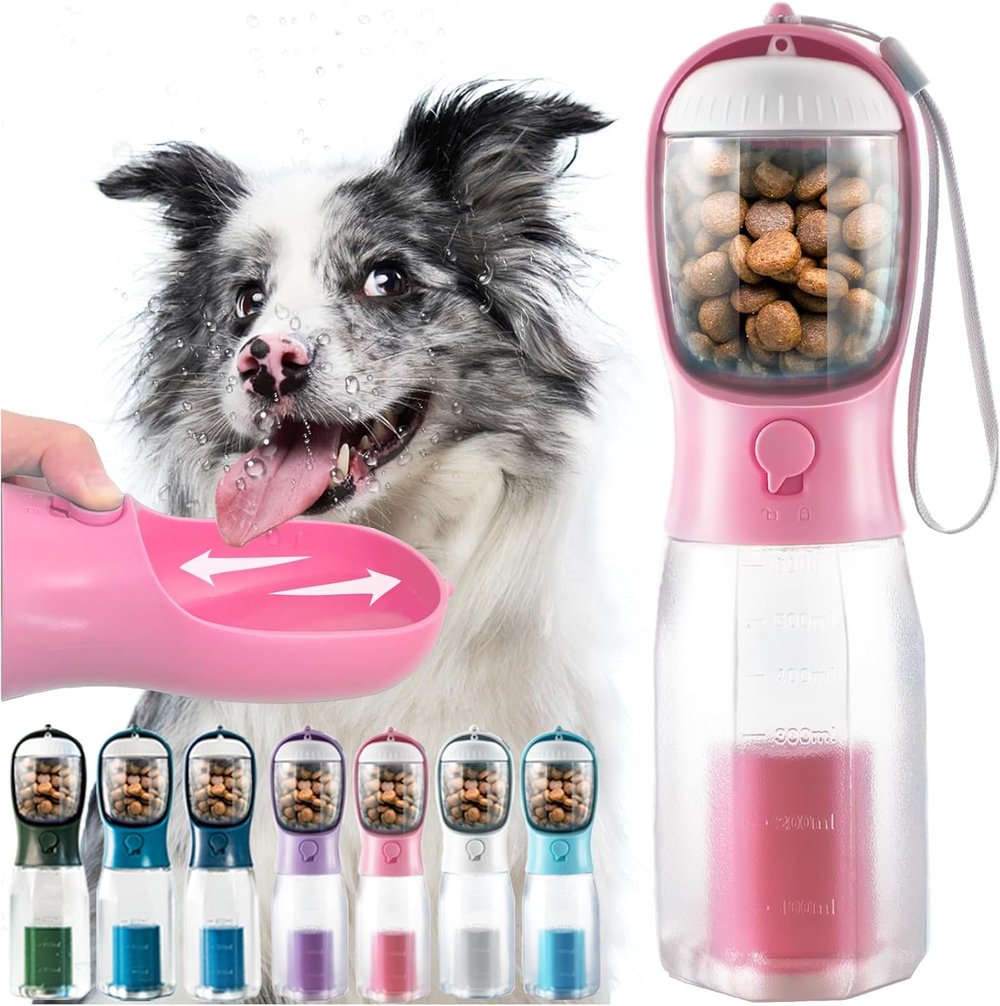
Dogs can dehydrate quickly, especially in stressful situations. Include enough bottled water for three days, separate from your own supply. If space allows, add a portable water filter designed for pets or humans.
Plan for:
- One ounce of water per pound of body weight per day
- Collapsible gallon jug or reusable container for large dogs
- Sealed bottles to prevent contamination
Keeping water separate from your own supply ensures it’s always available for your pet.
3. Leash, Harness, and Collar with ID
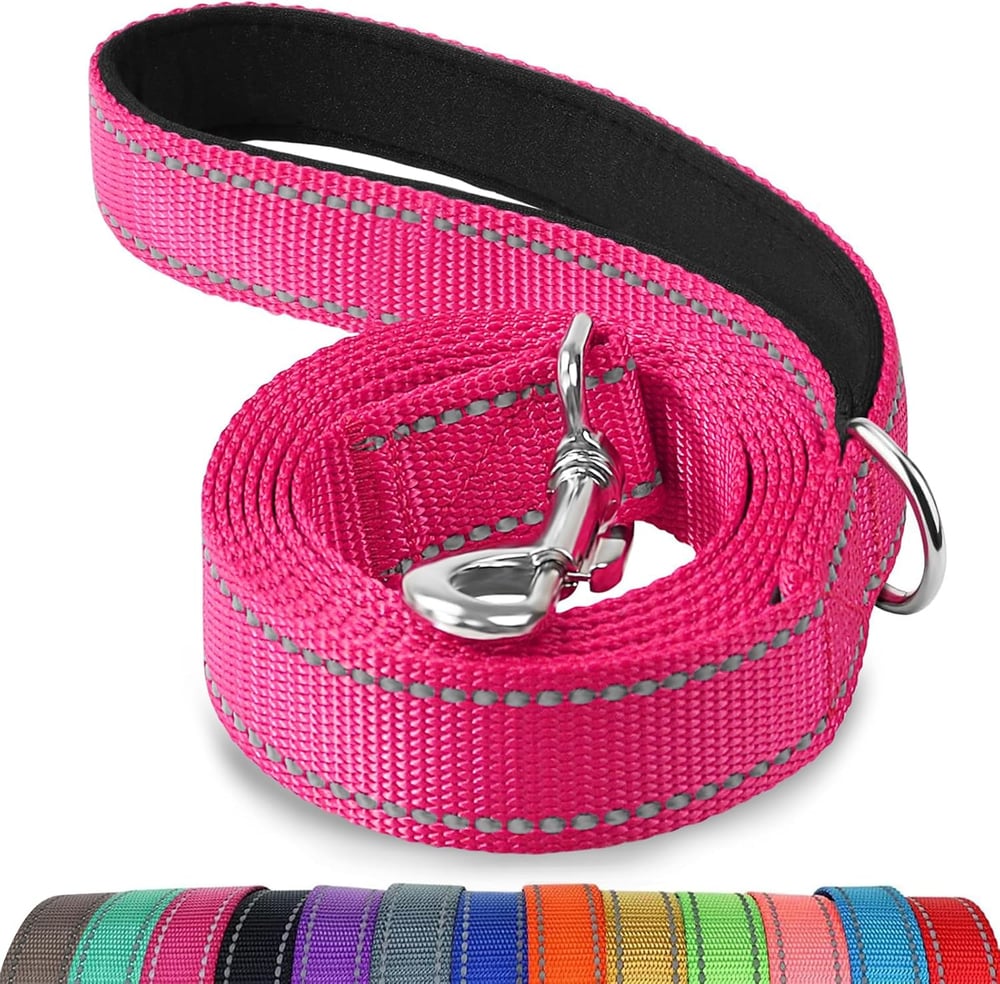
Emergencies can be chaotic, and dogs may panic. A sturdy leash and harness give you control, while an ID tag with your current contact information helps others return your pet if you’re separated. A reflective collar is an extra layer of safety at night.
Also consider:
- A backup leash in case one breaks
- Microchip details written on a card
- Updated tags with your phone number
Multiple forms of ID increase the chance of being reunited.
4. Medications and Medical Records

If your dog takes daily medications, keep at least a week’s supply in a waterproof container. Include a copy of their vaccination and medical records in a sealed plastic bag—these may be required at shelters or boarding facilities.
Don’t forget:
- Daily prescriptions
- Over-the-counter supplements
- Vet summary of your dog’s health history
Keeping these updated prevents delays in getting your dog the care they need.
5. First-Aid Kit for Pets
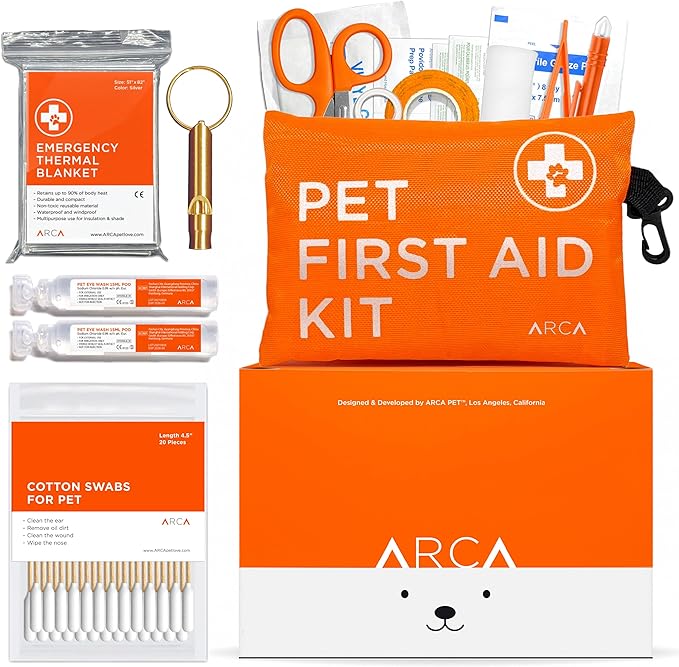 \
\
A pet-specific first-aid kit should include bandages, antiseptic wipes, tweezers, styptic powder (for bleeding nails), and any emergency medications prescribed by your vet. Knowing how to use these items is just as important as having them.
Good additions include:
- Digital thermometer
- Saline solution
- Scissors and a muzzle (dogs may bite when injured)
A well-stocked first-aid kit can save critical minutes before you reach professional help.
6. Comfort Items
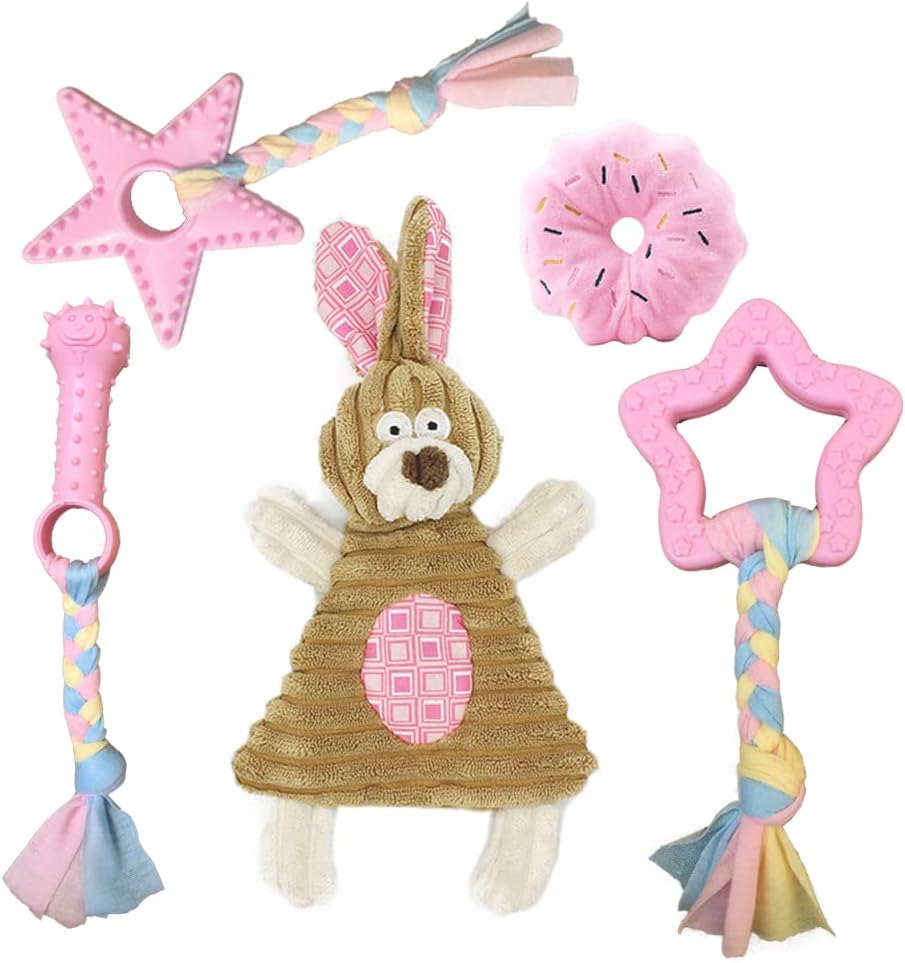
Emergencies are stressful for pets too. A small toy, blanket, or even an old T-shirt that smells like home can help calm your dog and reduce anxiety. Familiar smells and textures go a long way in soothing nervous pets.
Chew toys or bones can serve as a distraction during long waits. A dedicated blanket or mat gives them a safe place to rest. Keeping your dog calm helps you stay calm too.
7. Waste Bags and Cleaning Supplies

Don’t overlook sanitation. Pack plenty of waste bags, along with disposable gloves or wipes for quick cleanups. This keeps your environment safe and respectful if you’re in public spaces.
Pack extras like:
- Small roll of paper towels
- Hand sanitizer for yourself
- Disinfectant wipes for shared areas
Cleanliness matters for both health and community courtesy.
8. Portable Crate or Carrier
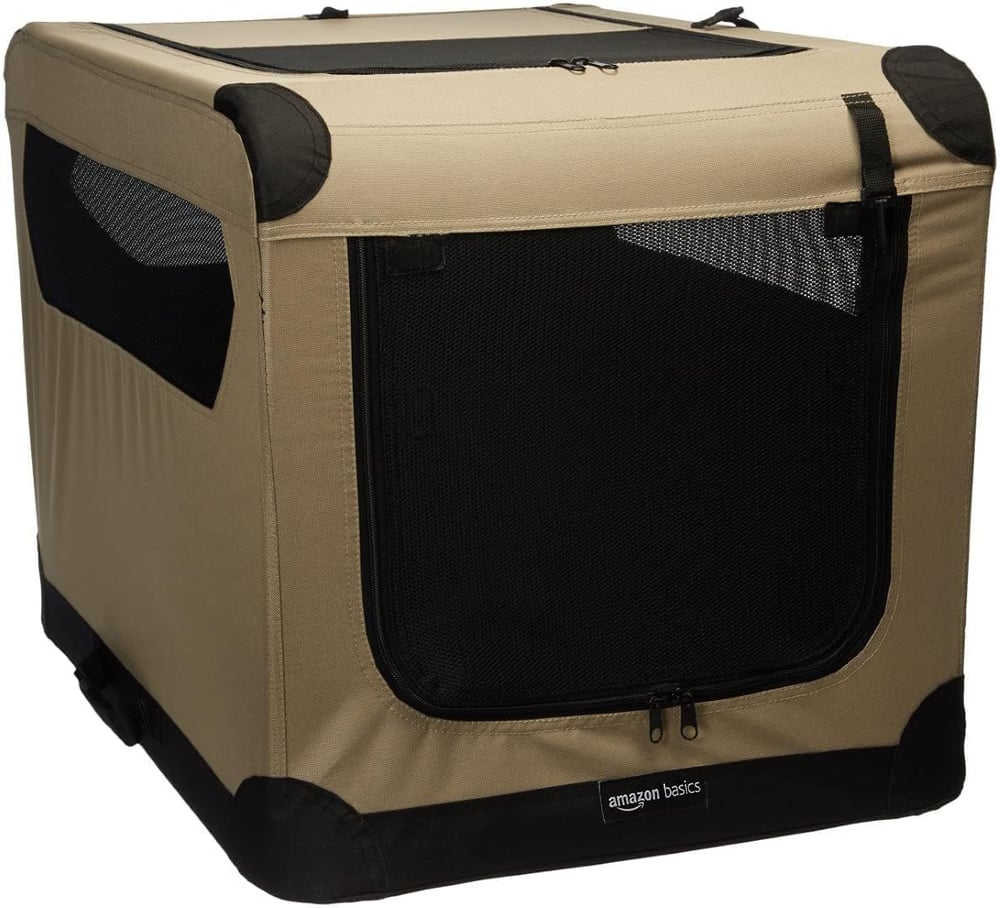
A foldable crate or soft-sided carrier provides a safe, familiar space for your dog. It can make travel easier and give them a calm spot to rest if you’re in a shelter or crowded area.
Look for:
- Lightweight, collapsible options
- Breathable sides for ventilation
- A washable mat or liner inside
Your dog will feel more secure in a familiar, enclosed space.
9. Seasonal Gear
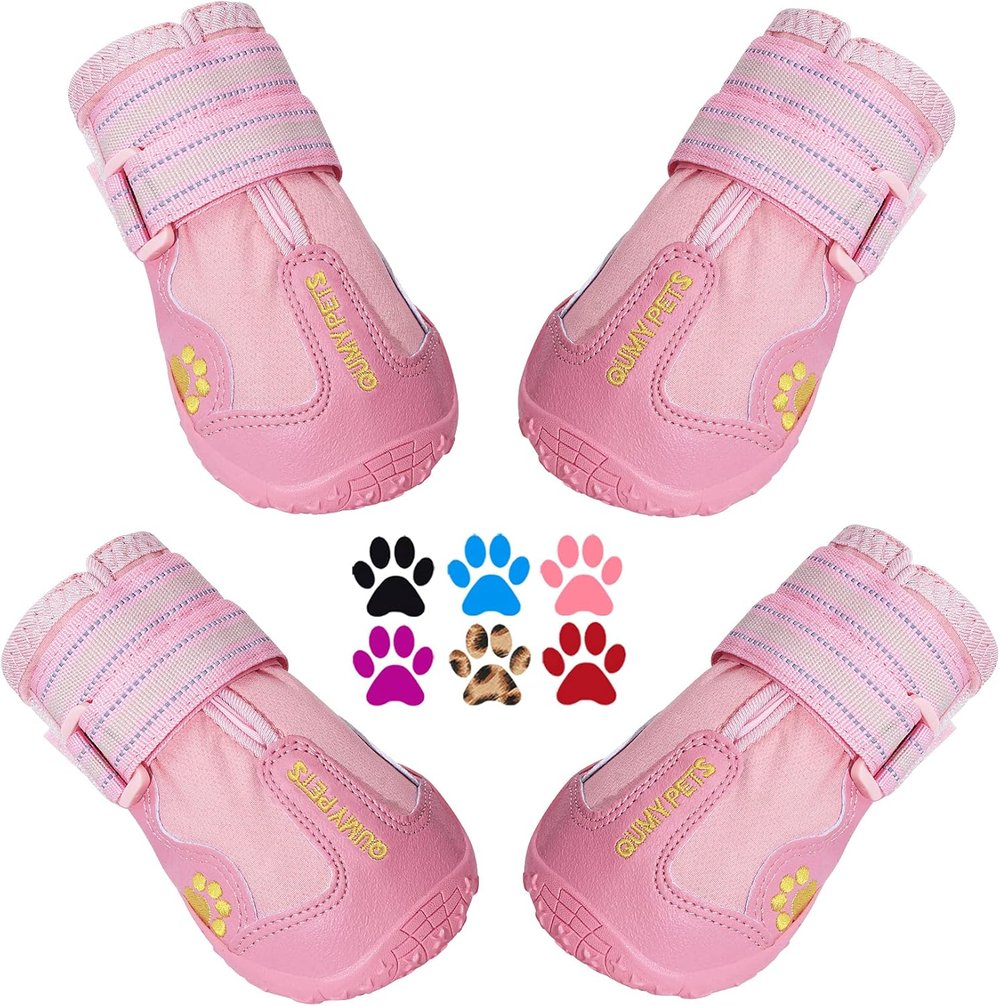
Think ahead to your dog’s needs in different weather. Booties for hot pavement or snow, a doggy raincoat, or even cooling vests can help protect them from extreme conditions.
Seasonal must-haves include:
- Cooling bandana or vest (for hot climates)
- Raincoat for wet conditions
- Booties for snow or rough terrain
- Fleece jacket for colder regions
Tailoring your kit to the climate makes it more practical.
10. Recent Photo and Microchip Information

Keep a recent printed photo of your dog in the bag. If you’re separated, you’ll have proof of ownership. Double-check that their microchip information is up to date and keep the registration details handy.
Be sure to include:
- Printed photo of your dog
- Digital copy saved on your phone
- Vet and emergency contact numbers
- Microchip registration details
Clear identification is the quickest way to reunite with your dog in a stressful situation.
Final Thoughts
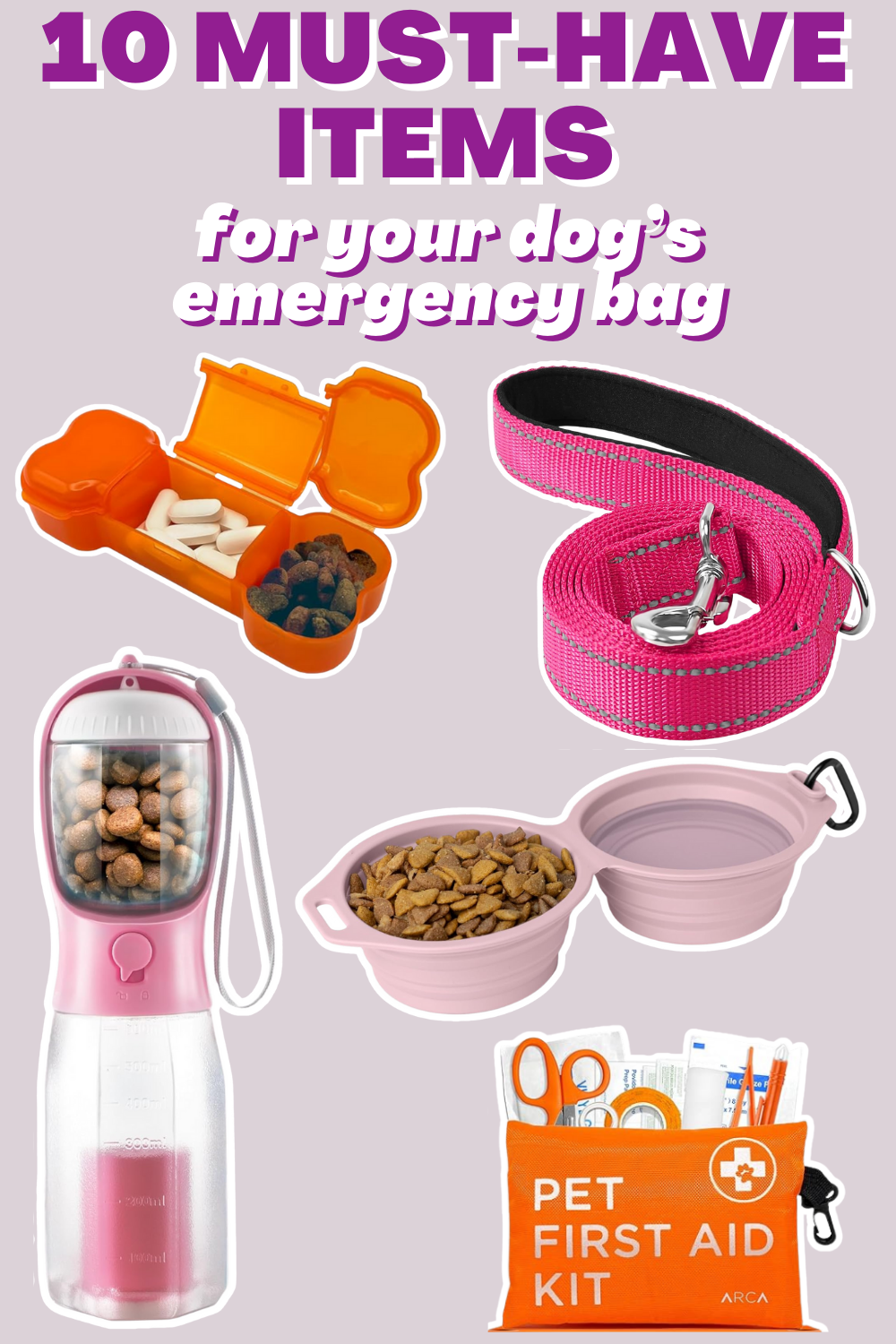
Your dog depends on you for safety and comfort—especially during unexpected events. By preparing a dedicated emergency bag with these 10 essential items, you’ll have peace of mind knowing you’re ready to protect your four-legged family member. Being prepared isn’t about fear—it’s about love, responsibility, and making sure every member of your household (human and furry) is cared for when it matters most. Emergencies can’t always be predicted, but preparation is always possible. An organized dog emergency bag means you’re never caught off guard.
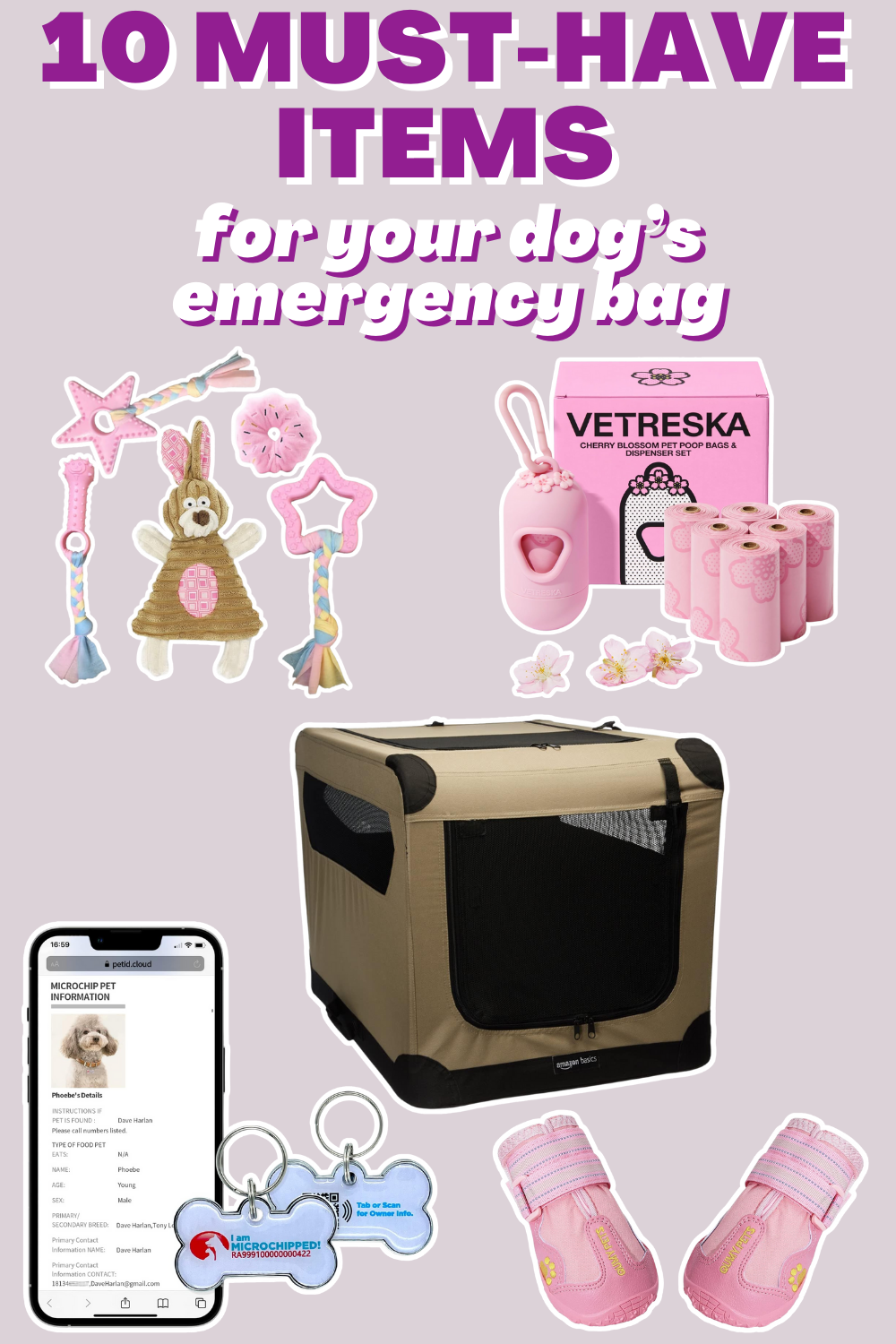
Watch How I Built Mine
Here’s a closer look at how I set up my own dog’s bug out bag. This video walks you through what I packed and why each item matters.
Plan Your Own Kit
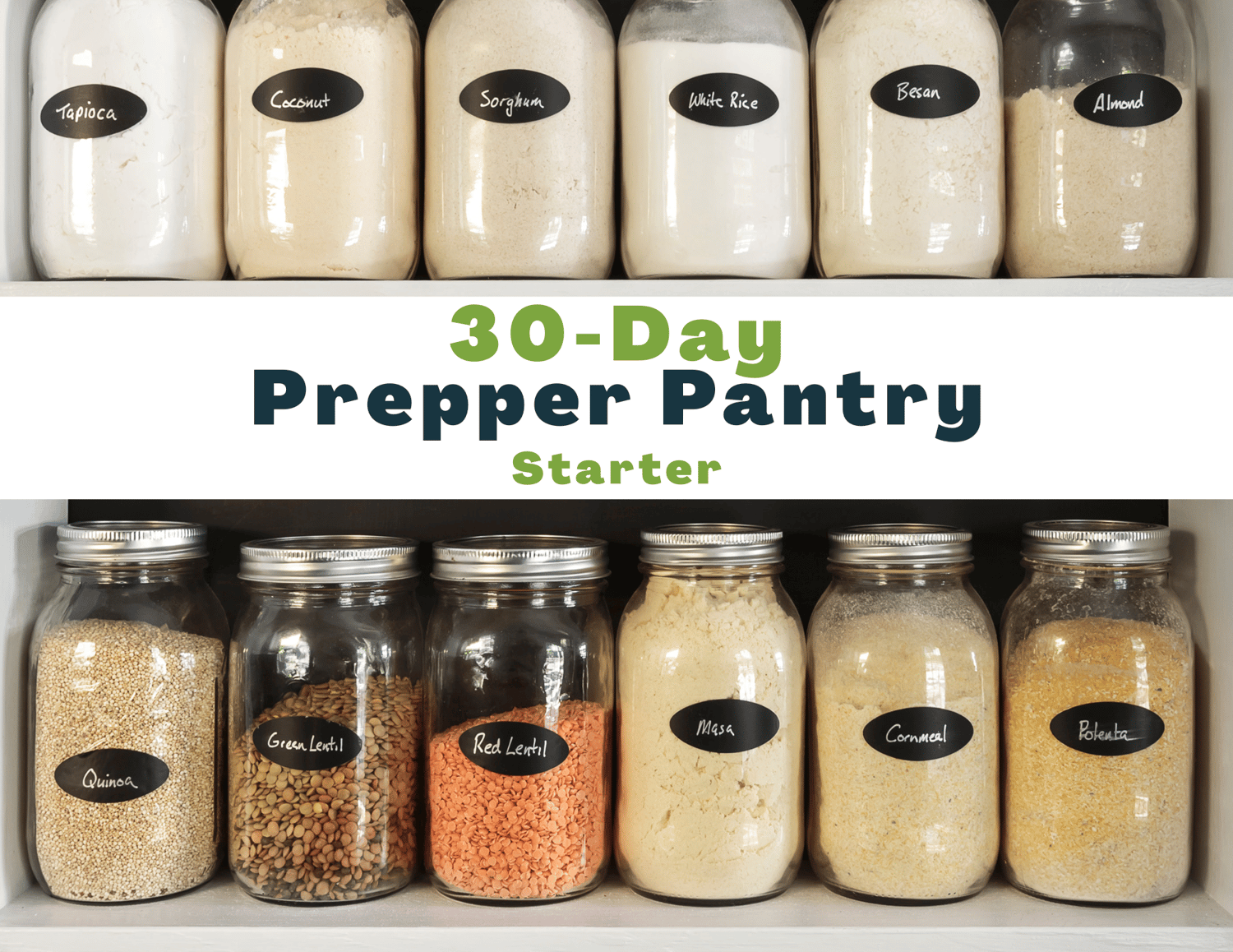
Want a step-by-step way to create your own? Check out my Pet Emergency Kit Planner — a printable guide to help you organize everything your pet will need if disaster strikes.
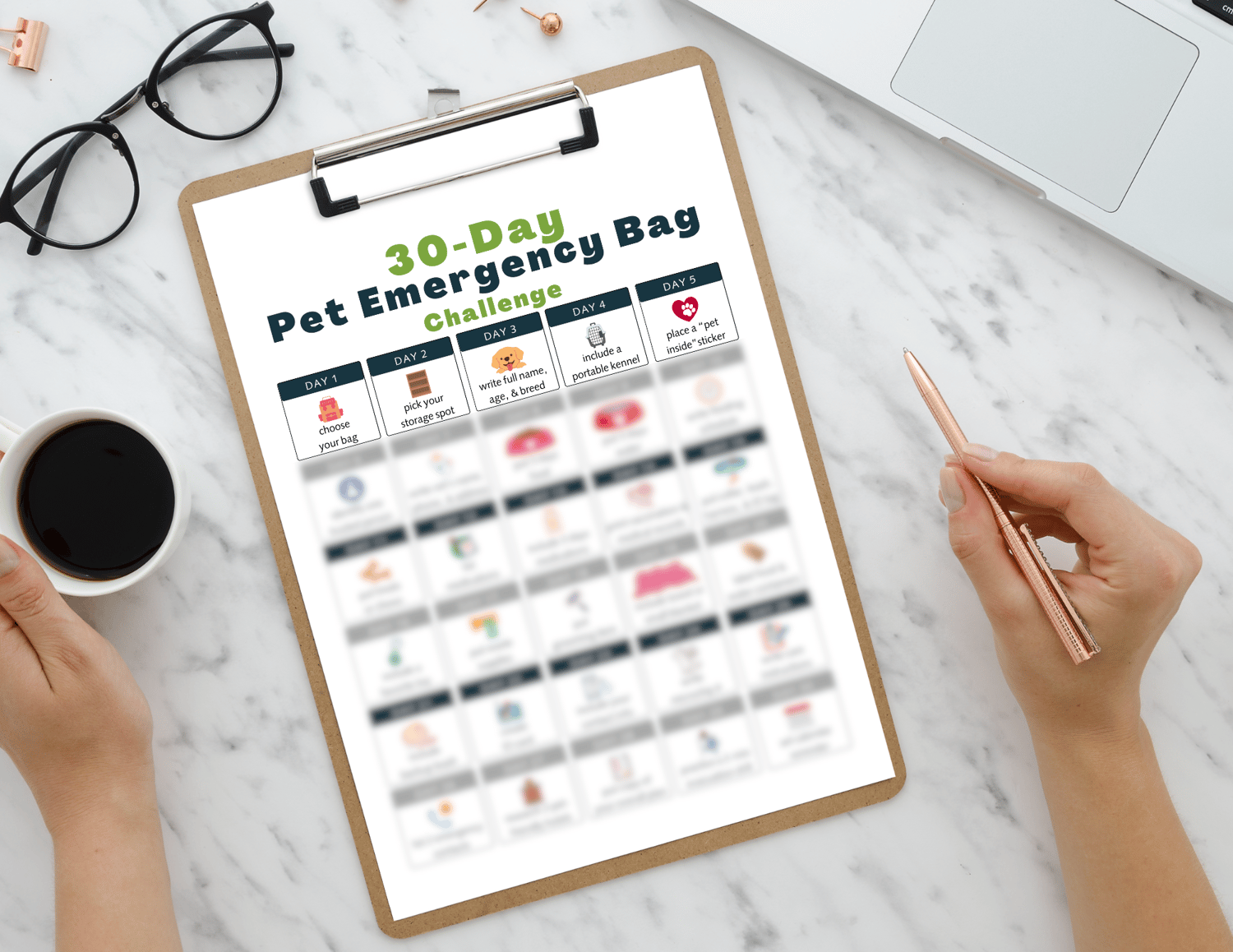
You may also enjoy:
- Why You Need a Blackout Box (and How to Start One Today)
- Top 10 Blackout Box Essentials You’ll Be Glad You Have
This post may contain affiliate links, which means I may earn a commission if you purchase through them (at no extra cost to you!) Portions of this content may be generated by AI.


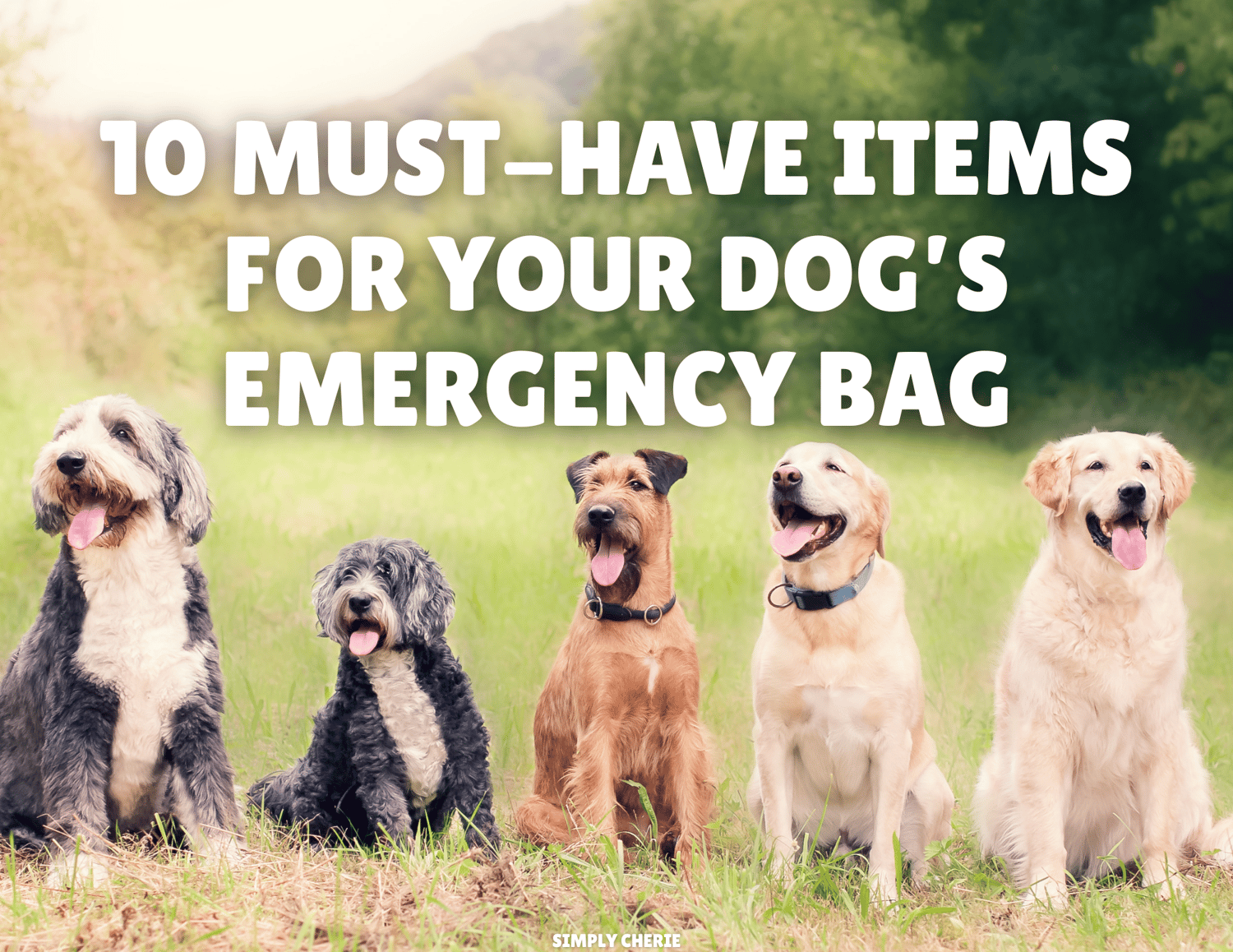
Comments ()